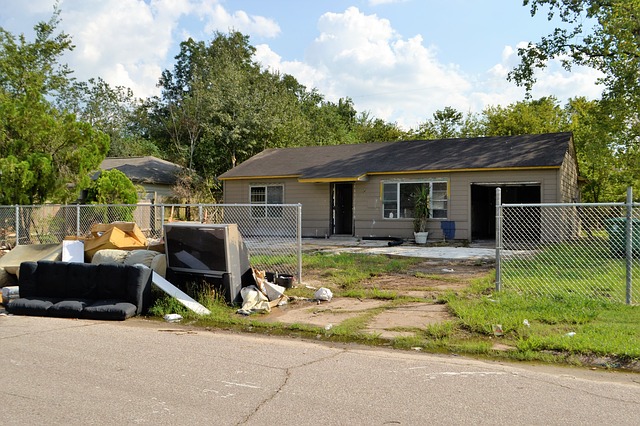It should be no surprise to anyone that climate change is a reality and that our world is being impacted by it. However, it is surprising how we often, if not always, ignore the overall effect of climate control and do not take it as seriously as we should. Droughts and flooding, for example, are ongoing events worldwide, which are tied to climate change and will be so for a long time. Therefore, in addition to improving the situation globally through environmental protection and sustainable measures, we also need to mitigate these risks daily.
A client recently approached me regarding a project in the Bay Area that has some flooding issues. The basic problem is that runoff from the public right of way, which was intense this past December, flooded a home below street level in a very picturesque canyon. The current conditions show that there is not adequate drainage in the form of inlets or swales and a curb that is not high enough or effective enough to keep the storm runoff away from the private property. Adding to this problem is that that street was designed decades ago, and it is not clear if even back then, the design worked on paper, let alone in the real world. Regardless of the design part of this problem, the 10-, 25, and 100-year storm data has changed. New analysis to assess the current hydrology is needed and adds a safety factor for at least the intermediate future.
I remember, a long time ago, when I was starting to work for a large civil engineering firm, my supervisor loved to say: ”We are engineers. We can design anything.” And even though it may sound a little too brazen, I still like the sentiment, even though it is true that the laws of physics, cost, and a few other constraints limit us to a certain degree. That said, however, the idea that we can solve or “engineer” anything is something I agree with. And I think it attracts a lot of us to engineering: the idea of problem-solving, of taking a challenge and figuring it out.
I am not sure how the flooding problem will be solved. In addition to working out the hydrology and hydraulics of the project, there are also costs and aesthetics to consider, but what is important to remember is that it is not enough to plug in some data, churn out a number, design a solution, and be done. For life safety, liability, and the desire to provide a sustainable solution, we need to address these kinds of issues holistically, as well as with a focus on the future. We may be able to solve the flooding problem for now and the next few years, but if climate change continues to worsen, how can we mitigate this risk now so that what we are proposing today will still work 20 or more years from now, and make the current solution adaptable to a future one.

